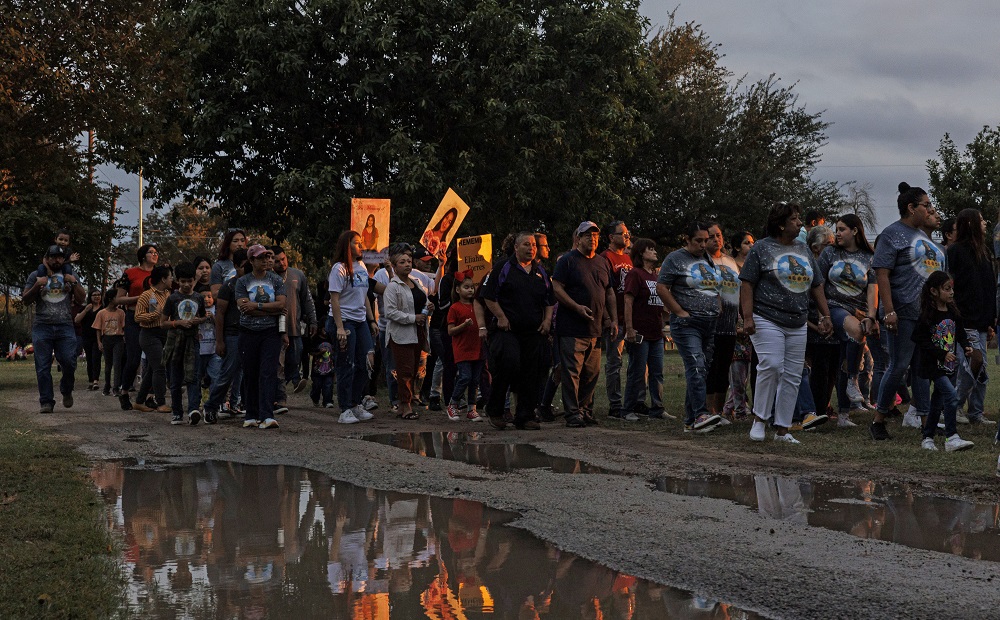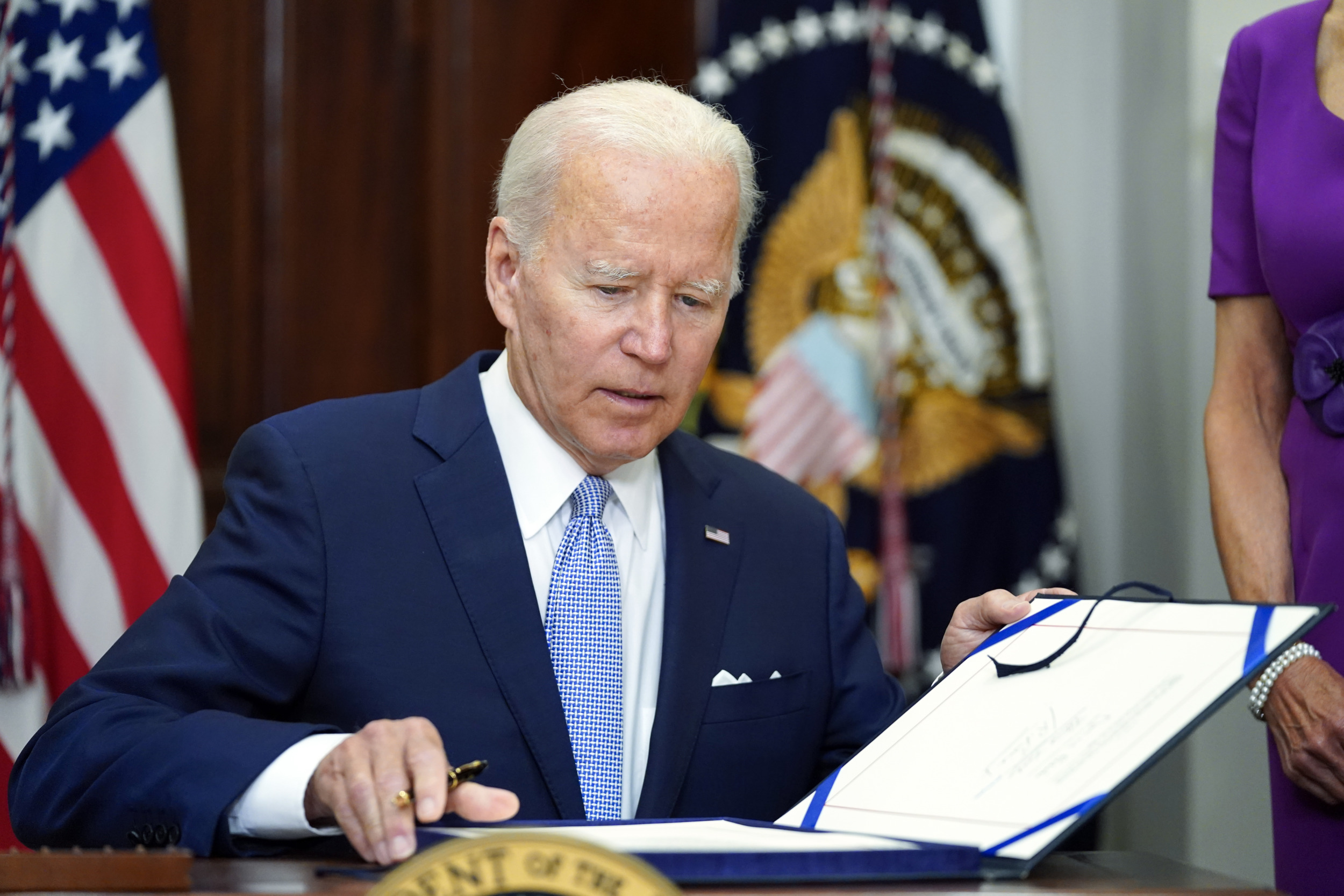In October, a 15-year-old boy was shot and killed on his grandmother’s porch in Washington D.C., forcing the nearby middle school where After-School All-Stars runs an afterschool program to go into lockdown.
Weeks later, an After-School All-Stars student from another middle school in the area was shot and killed, said Daniela Grigioni, executive director of the Washington D.C. chapter of After-School All-Stars, which has about 400 students in programs across six middle schools in the area.
“They see it, they live it, it’s there,” Grigioni said of the prevalence of gun violence.
Afterschool and summer programs are increasingly recognized as having an important role in supporting kids with their social and emotional well-being and providing safe environments to address gun violence and other traumas. But ensuring that schools and afterschool programs are safe places, she said, “requires more money, requires more resources, more people, longer hours, more materials, more programming — more of everything.”
One of the Biden Administration’s signature pieces of legislation — the $13 billion gun safety bill known as the Bipartisan Safer Communities Act that became law June 25 — attempts to address the impacts of gun violence on youth. It includes $50 million for afterschool programs to improve attendance and engagement in middle school and high school.
The money is being made available as a supplemental grant for the Nita M. Lowey 21st Century Community Learning Center, the flagship funding source for programs nationwide. States started receiving their allocation of money at the end of October and will each decide how afterschool programs can access it. The funding will be available through September.
The $50 million for out-of-school time programs is a drop in the bucket compared to the $2 billion the gun safety bill gives school districts, money intended to improve mental health services, increase the hiring of mental health workers and create safer, better learning environments overall.
Erik Peterson, a policy expert at the Afterschool Alliance, said the $50 million is nothing to “sneeze at,” but as the money trickles down from the states to actual afterschool providers over the next year, the funding proportion will likely be so low that it won’t make a huge difference considering the scale of the problem.
“You’re not talking about a huge amount of money in terms of making an impact,” Peterson said.
Peterson said that because the funding is an add-on to the 21st Century Community Learning Center, it’s likely states will only make it available to afterschool programs that are current grantees, and not those otherwise in need.
Community gun violence and school shootings have become a routine part of growing up and raising children in the U.S. Firearm injuries are the leading cause of death for young people ages 1 to 19.
The Bipartisan Safer Communities Act was passed In the wake of two mass casualty shootings — one at a supermarket in Buffalo, New York, and the other at Robb Elementary in Uvalde, Texas. In both cases, which occurred just weeks apart from each other, a teenager inflicted the carnage with AR-15-style rifles.

Sam Owens/AP
People hold up pictures of Eliahna Torres as they parade in a large group through Hillcrest Memorial Cemetery in Uvalde, Texas, Nov. 2, 2022, to visit the gravesites of Robb Elementary massacre victims and observe Día de los Muertos together.
The Bipartisan Safer Communities Act is a multi-billion dollar wide-reaching package that expands background checks for people under 21, closes loopholes that allowed abusive unmarried partners to purchase guns and incentivizes states with a pot of $750 million to enact so-called “red flag” laws intended to discourage high-risk individuals from gun ownership.
Otherwise, the law focuses less on direct gun measures and more on making schools and afterschool programs safer learning environments and enhancing mental health resources and support for youth, families and communities.
Paul Boxer, an expert on youth gun violence and professor of psychology at Rutgers University, said he worries the law may end up being more “symbolic” than effective, but that the expanded background checks and large sums of money for violence prevention sound promising. He would have liked to see the age limit to purchase a firearm raised to 21, he said.
“Of course, the ultimate impact will still lie in how states, counties, communities, school districts decide to spend those funds,” Boxer said. “But so long as evidence-based prevention and intervention programs take precedence, there should be some good outcomes with this.”
A memo from the Department of Education released last month recommends that afterschool funding be used to create inclusive environments; partner with community organizations and mental health providers; support outreach to families; strengthen connections and continuity between schools and afterschool programs; integrate trauma-informed practices and promote mentorship.
For Grigioni, she said the afterschool funding in the gun safety bill is simply not enough and the current climate for students is dire.
Many middle schools in the District of Columbia have stopped giving homework since last year because the kids are traumatized and distracted, she said. Many students just never returned to school once they reopened during the pandemic. The largest middle school After-School All-Stars partners went from 600 students pre-pandemic to 400 this year.
“They literally lost 200 students,” Grigioni said.
She said afterschool programs pivoted from helping students prepare academically to being places that address trauma. Grigioni would like to have enough funding to create mentoring groups and bring in a therapist.
“Do we think that is adequate to face what is really a social crisis?” Grigioni said of the $50 million in funding. “No, we do not.”
***
Brian Rinker is a San Francisco-based freelance writer and journalist. He covers public health, child welfare, digital health, startups and venture capital. His work has been published by Kaiser Health News, Health Affairs, The Atlantic, Men’s Health and San Francisco Business Times. Brian received master’s degrees in journalism and public health from UC Berkeley.




























